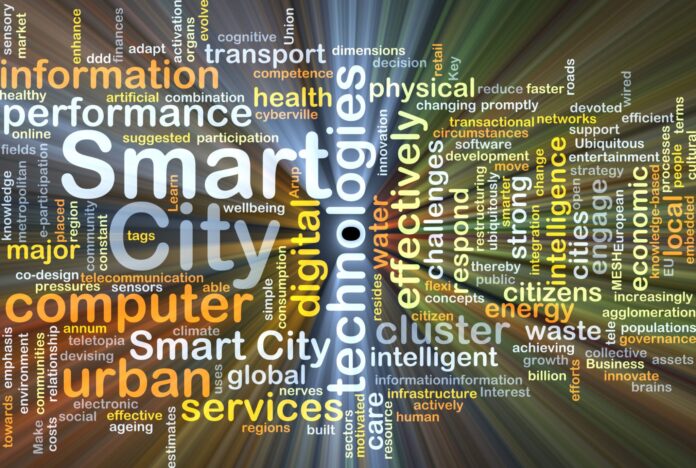Global City Teams Challenge provides collaborative forum for smart city R&D
CHICAGO–“We have a problem in IoT and smart city in general. We’re extremely fragmented,” Sokwoo Rhee, associate director of the cyber physical systems program at the National Institute of Standards Technology told attendees to the Enterprise IoT World event.
He continued: “The applications, most of them are one-off pilots. We are not there yet. The question is why? Really it comes down to replicability and scalability. Every city does their own things. They think they are so unique,” but many cities share problems including traffic congestion or environmental quality. “Why can’t we find best practices and replicate those processes instead of each city trying to reinvent the wheel?”
That the animating principle of NIST’s Global City Teams Challenge. Launched in 2014, the Global City Teams Challenge establishes “action clusters” of municipal leaders, vendors, academia and other stakeholders, then provides what NIST refers to as a “matchmaker and incubator” service.
The goal, Rhee explained, is “to establish and demonstrate replicable,” practices. “If you come up with a solution that only works in one city or one community, I’m not interested. If you come up with a solution that only works in one city or one community, and you can’t deploy at large scale…that’s not exactly what we’re looking for.”
Sharing the government perspective on IoT, Rhee laid out four distinct layers. On the bottom is the physical system or hardware, which can include cars, airplanes, drones, any object that can be connected. On top of that is the communications layer “where things get connected.” That’s followed by the data analytics layer and, finally, the service layer.
He said the majority of the IoT’s value doesn’t come from simply connecting things, but from analyzing the data those things produce to “extract actionable and useful information. Data by itself doesn’t mean anything…unless you do analysis and extract information that is valuable and actionable. He said the service layer is “The most important…This is where a decision is made. In a smart city perspective, the bottom two layers is referred to as infrastructure; the top two layers is referred to as applications.”

